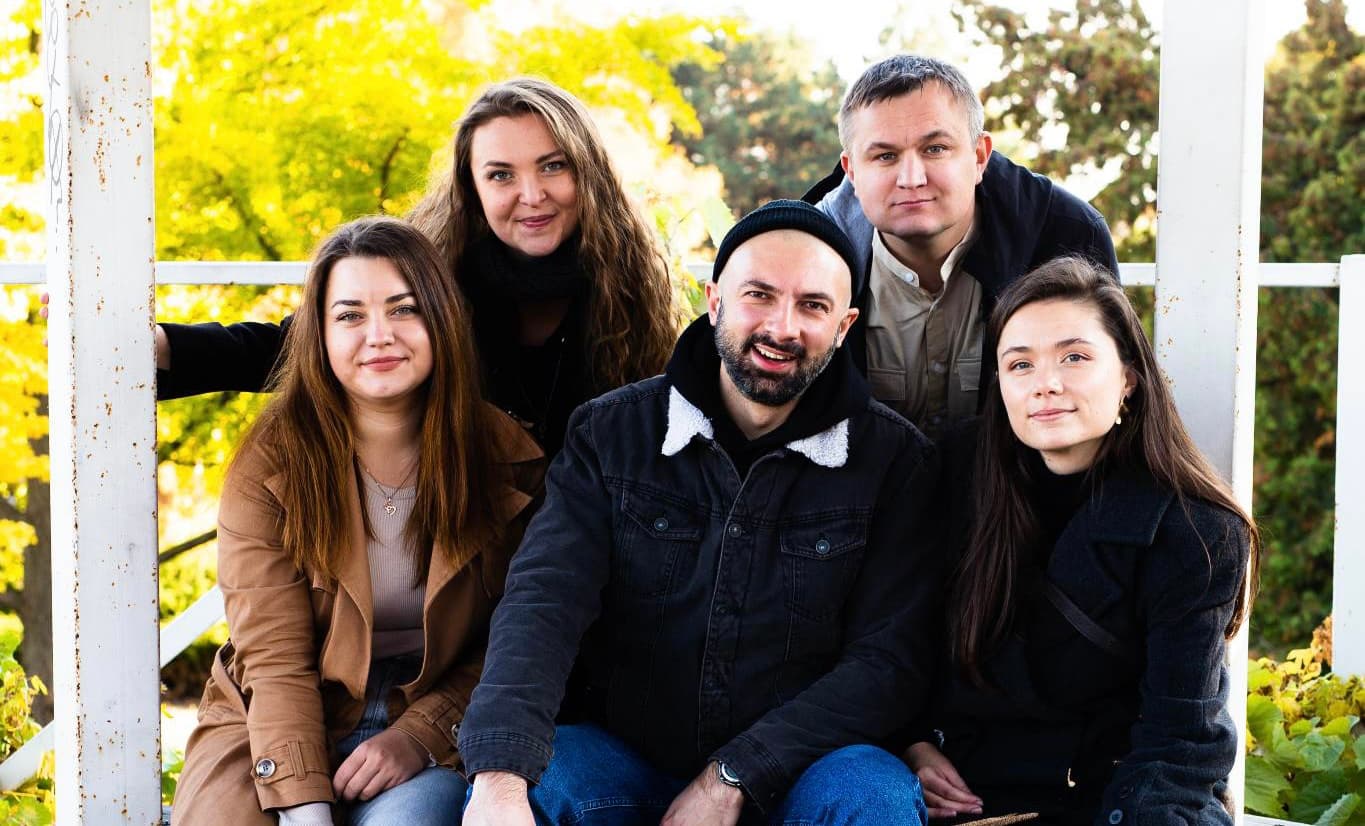
Ukrainian outlet ShoTam publishes only positive news. Can this model be the answer to news avoidance?
Positive news is a growing trend, and this Ukrainian outlet keeps at it even amidst the war
The Fix Newsletter
Everything you need to know about European media market every week in your inbox
24 articles • 0 Followers









